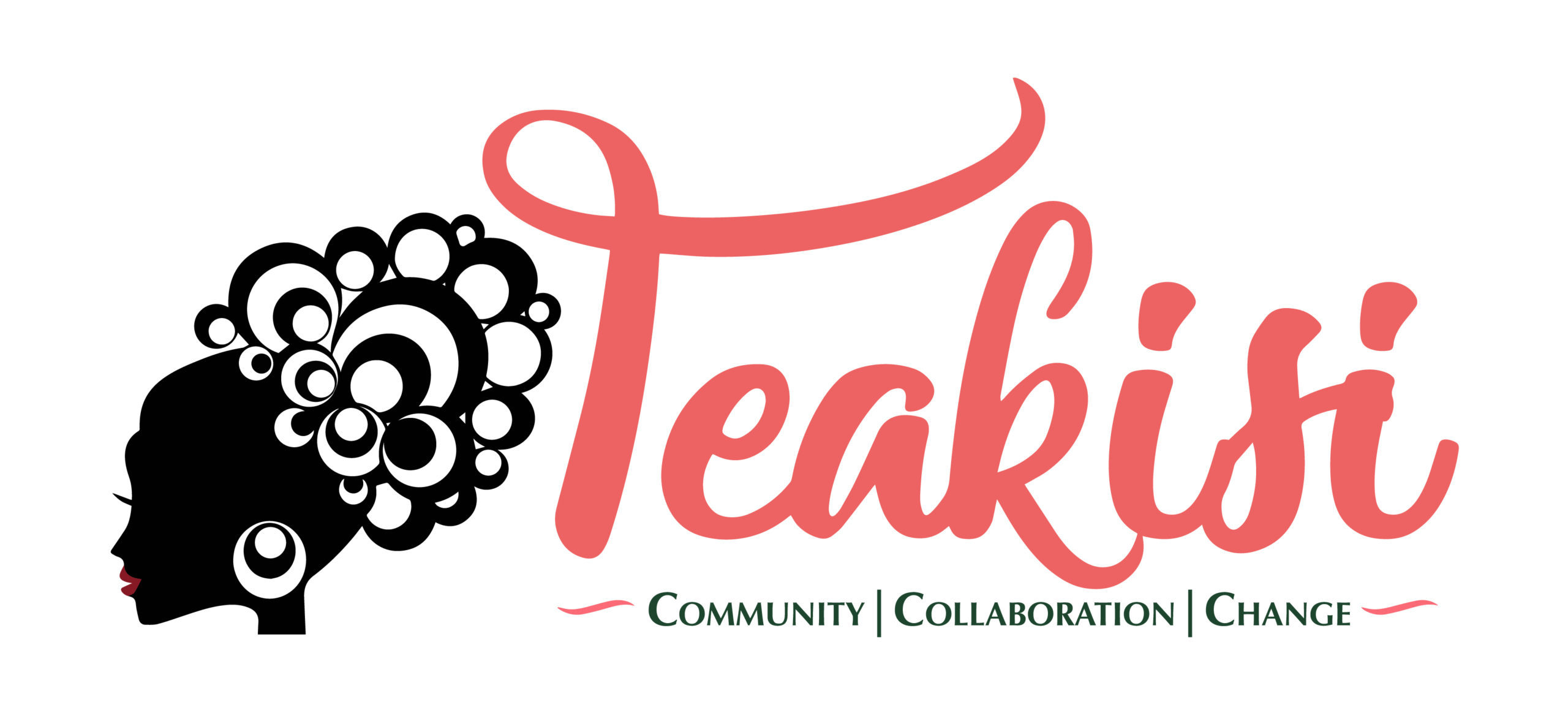By Vivienne Amijee
Obstetric Fistula is a medical condition which occurs when a hole develops between the rectum and vagina or bladder and vagina.
Signs and symptoms
Flatulence, urinary or fecal incontinence.
Foul-smelling vaginal discharge.
Repeated vaginal or urinary tract infections.
Irritation or pain in the vagina.
Pain during sexual activity.
Women who go through this get still born babies due to prolonged labour severe ulcerations of the vagina tract, abscess and amenorrhoea, paralysis of the lower limbs caused by nerve damage, making it impossible for them to walk.
Causes
Social, political and economic causes that indirectly lead to the development of obstetric fistula concern issues of poverty, malnutrition, lack of education, early marriage and child birth. The roles and status of women in developing countries, harmful traditional practices, sexual violence and lack of good quality or accessible maternal and health care.
- Poverty – It is the number one indirect cause of obstetric fistulas around the world. As obstructed labour and obstetric fistulas account for 8% of maternal deaths worldwide. Impoverished countries not only have low incomes but also lack adequate infrastructure, trained and educated professionals, resources and a centralized government that exists in developed nations to effectively eradicate obstetric fistula.
- Malnutrition – Lack of money and access to proper nutrition, as well as vulnerability to diseases that exist in impoverished areas because of limited basic health care and diseases prevention methods cause inhabitants of these regions to experience stunted growth. This causes expecting mothers to have skeletons unequipped for proper birth, such as an underdeveloped pelvis. This weak and underdeveloped bone structure increases the chances that the baby will get stuck in the pelvis during birth, cutting off circulation and leading to a rotting away of tissue.
- Lack of education – Lack of information in conjunction with obstacles preventing rural women to easily travel to and from hospitals leads many to arrive at the birthing process without prenatal care. This can cause a development of unplanned complications that may arise during home births where traditional techniques are used. Education is associated with lower desired family size, greater use of contraceptives and increased use of professional medical services.
- Early marriages and early childbirth – Many girls in Africa enter into arranged marriages soon after menarche (between 9-15). Social and economic factors contribute to this practice of early marriage. Early marriages are desirable to ensure the girls are virgins. Families look at bride price as a means to end financial strain. Early marriages lead to early childbirth, which increases the risk of obstructed labour since young mothers who are poor and malnourished may have under developed pelvises.
- Lack of quality maternal health care – Countries that suffer from poverty, civil and political unrest or conflict and other dangerous public health issues such as malaria, HIV/Aids and Tuberculosis often suffer from a severe burden and breakdown within the healthcare system. Many hospitals within these conditions suffer from shortages of staff, supplies and other forms of medical technology that would be necessary to perform re-constructive obstetric fistula repair. In Kenya, a study by the Ministry of Health found that the ‘rugged landscape, long distance to health facilities and societal preferences for delivery with a traditional birth attendant contributed to delays in accessing necessary obstetric care.
- Role and status of women – In developing countries, women who are affected by Obstetric Fistula do not necessarily have full agency over their bodies or house hold. Rather, their husbands and other family members have control in determining the healthcare that the women receive.
Consequences
Social – sociocultural stigmatization, divorce, disownment by family, ridicule and isolation at health facilities.
Economic – extreme poverty because of medical expenses.
Psychological – depression and suicide.
Physical – constant leaking of urine, faeces and blood, nerve damage, dehydration, kidney failure, complicated child birth and death.
Prevention
Access to obstetric care.
Provision of family planning.
Education about cultural, social and psychological factors that condition/contribute to the risk of fistula through awareness campaigns (proper hygiene, care during pregnancy and labour)
Improved nutrition.
Promoting education for girls.
Treatment
Re-constructive surgery.
Post operative care.
Rehabilitation support to improve self esteem and social reintegration.
Physical therapy.
Challenges
High number of women.
Poorly equipped facilities.
Shortage of trained personnel.
Illiteracy and lack of knowledge on the part of the women.
High cost of treatment.
There is a lot to be done as far as fistula related cases are concerned. Numerous NGOs have carried out projects to assist in creating awareness, taking the women through rehabilitation and providing the necessary treatments. Close to 100,000 women suffer from fistula annually, due to shame, most are afraid to come forward which means they suffer silently.
Everyone can make a difference and that someone can be you and me, let’s work together in our own ways to make Africa a fistula free continent.


i am so glad someone wrote about fistula. I feel like it doesn’t get a lot of attention. I didn’t even now about it myself until last year. Fortunately, There are now a lot of organizations on the ground that offered free care and surgery to these women.
I’m actually just reading about it for the first time myself.
Thanks for this post. It’s one of the most informative posts I’ve read on here so far.
Thanks for the share. I have come to know many new things about incontinence. I have heard about incontinence and use of adult diapers for managing it, but i was not aware of this brief. I was searching for such useful stuff. Really great.